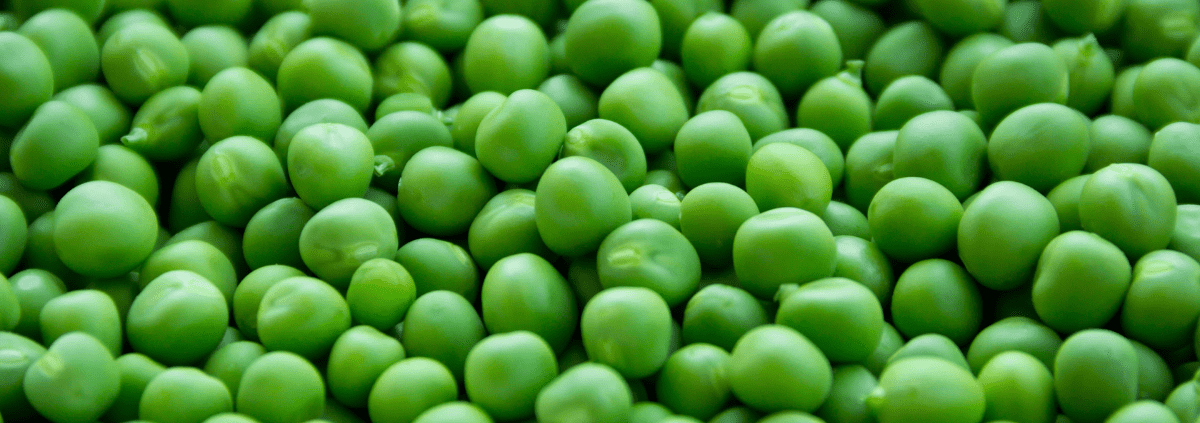Gardening as Winter Looms
How to Keep Up Gardening in the Winter
by Sandy Swegel
Nothing like the first deeply freezing temperatures followed by a warm day to get people in Zone 5 areas asking if the gardening season is really over if they can still tackle their garden to do lists even though winter looms with Thanksgiving is around the corner. We have two conflicting impulses…the really good bulbs are on sale at our local garden center AND there’s an inch of snow and refrozen ice on the garden bed.
What does happen to our soil in winter? Once soil temperatures are in the forties, all the creatures and denizens of the soil put themselves to sleep through dormancy or through laying lots of eggs or spores that will hatch when temperatures are warmer. Seeds stop germinating or else require weeks and weeks at low temperature to come up. They’re smart…no point in germinating if sub-zero temperatures in another few weeks are going to kill young growth. So the soil goes into stasis until the temperatures warm.
Here are some of the questions I hear people asking as our soil begins its freeze:
Can I still plant bulbs? Can I transplant daylilies now? Yes, if you can pry the soil open and get water to the plant, there’s a good chance your bulbs will bloom and the daylily will be fine. Daffodils especially prefer getting planted earlier to have some time to make roots. Sometimes blooming is delayed the first season, but I have had good success in planting bulbs too late…especially if I throw in some compost in the hole and don’t plant too shallowly. I’ve also had years when the bulbs just ended up being frozen mush…so plant earlier next year.
Can I put in a cover crop? In Zone 5, it’s too late. The temperatures are too cold for seed germination. Put lots of mulched leaves over the soil to cover it.
Do I have to water? Ideally, you got the garden well watered sometime in Fall through rain or irrigation. If not or if there are long dry sunny spells, you should winter water.
What do I do with my Fall greens that are freezing solid? Keep eating…they get better every day. Spinach frozen at 8 am is delicious at room temperature. If you cover greens with row cover or a cold frame or even throw big bags of leaves over the plants, you can keep harvesting easily through January or longer if you haven’t eaten them all.
Can I still use herbs? Yep, remember where your herbs are and you can put your hand through a foot of snow for snippings of intensely flavored frozen thyme or oregano leaves.
Can I still fertilize? You can, but the soil organisms won’t be processing it. Organic fertilizer like alfalfa meal stay on the soil and will eventually be used when things warm up next Spring.
Is there something I should plant? Winter hardy violas and pansies don’t mind a little snow and ice. In a sunny location, they’ll keep throwing up blooms all winter long…a surprise of color in a white or brown winter-scape. Plant well hardened off plants and keep them watered.
For more details on the science of soil in winter, check out this article from the Bountea compost tea company. http://www.bountea.com/articles/lifeinwintersoil.html
Photo Credit:


